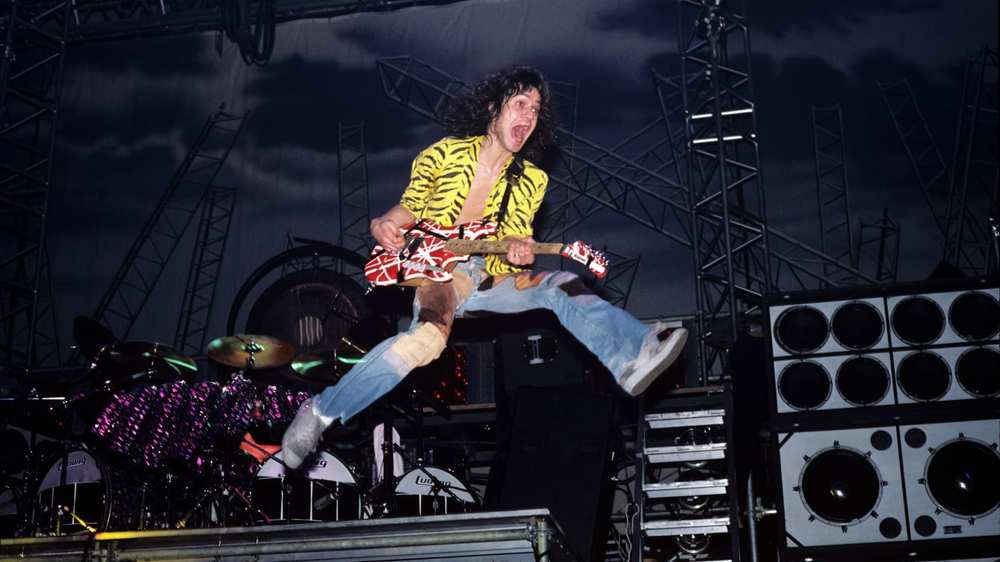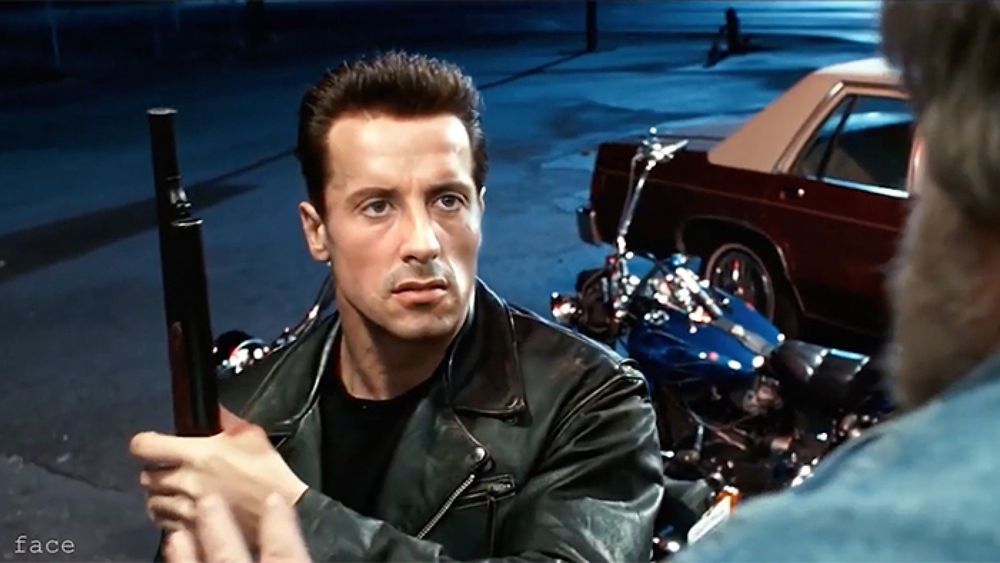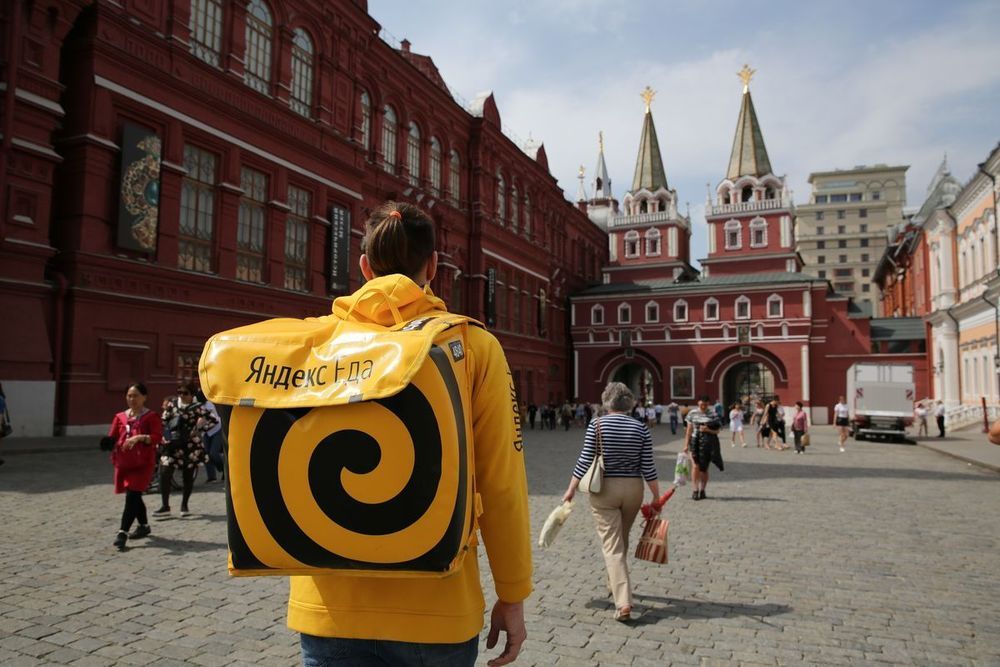The U.S. Food and Drug Administration (FDA) currently has several ongoing trials testing immunotherapy cancer treatments like CPG and checkpoint inhibitor drugs. In fact, the internet was up in arms last year when Stanford University doctors cured 87 out of 90 mice with a “vaccine” that stimulated the immune system to attack cancerous cells. It was described as a “breakthrough treatment,” but the truth is, a very similar treatment was already being used to treat human patients at a hospital in Mexico.
CHIPSA Hospital, which is located in Tijuana, is an integrative immunotherapy hospital that offers patients access to several cutting-edge therapies and nutritional regimens. Many of our treatments have been long discounted by mainstream medical communities, only to be later approved and legitimized in the United States. CPG is one of them.
Dr. Anton Escobedo, the hospital’s medical director, said the clinical study was actually music to his hears. “When the study came out,” he said, “I was pleased to see they were using CPG. We have a lot of experience with a form of CPG so we weren’t surprised to see it work well in combination with checkpoint inhibitors. We love when science proves what we’re doing is right. 10 years ago, they wouldn’t even acknowledge it.”






